|
Centrip Editorial Board
Come See The Cool Art and History of Nagoya Castle!

When thinking about Nagoya Castle(名古屋城/Nagoyajo), the first image that comes to mind is the Tenshukaku (天守閣-keep)! Currently, the Tenshukaku at Nagoya Castle is temporarily closed, so many visitors have removed Nagoya Castle from their sightseeing schedule or make a quick visit to take a photo in front of the Tenshukaku. In actuality, Nagoya Castle has various interesting locations that are worth a visit. Let's visit Nagoya Castle, one of the three most famous Japanese Castles, with Centrip!
Nagoya Castle
The first stop is definitely Nagoya Castle loaded with many good spots! It was the political center of Owari Tokugawa(尾張徳川-a branch of the Tokugawa family based in Owari province) and then renamed as Nagoya Rikyu (名古屋離宮/Nagoya Rikyu), a palace for the Japanese Emperor. After 1930 when Nagoya Castle was gifted to Nagoya City, the public was finally able to enjoy the beautiful interior. It is a prime example of Japanese castles, and has a long history, there are many interesting locations waiting for your visit!
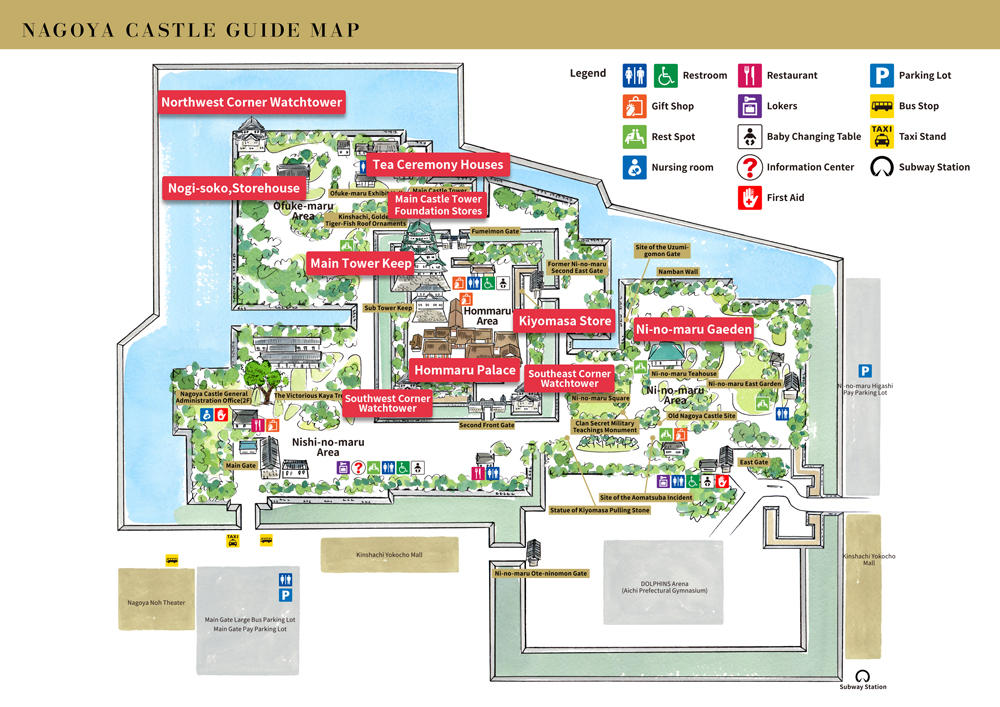
This time I've picked out several worthwhile attractions to ensure that you won't miss any must-see things.
Honmaru Goten
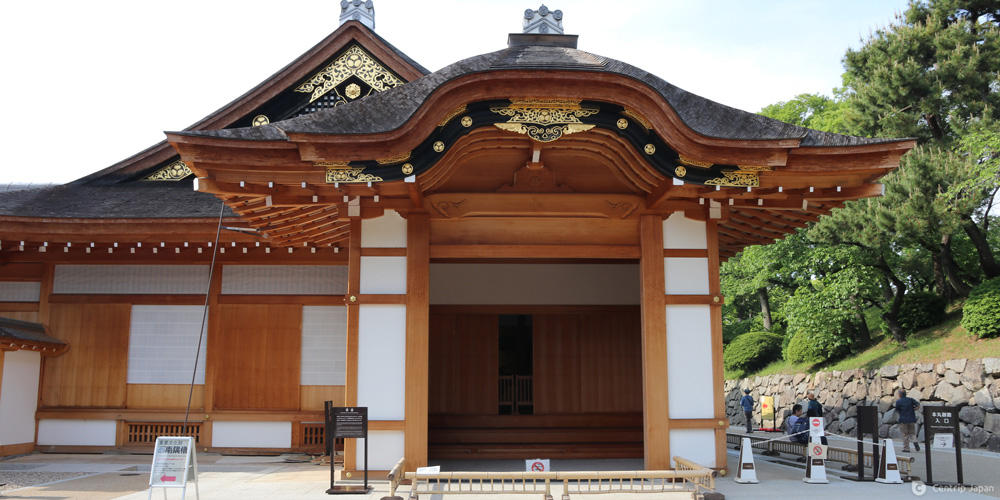
An office and a residence, Honmaru Goten (本丸御殿-Honmaru Palace) is as majestic as the keep. The luxurious all-cypress wooden structure, combined with exquisite hand-carved overhead decor, and wall paintings with gold foil, the pinnacle of the Kano School (狩野派/Kano-ha), are a powerful visual treat.
The details and history of Honmaru Palace have been previously introduced. If you want to visit Honmaru Palace check it here!
Related Articles
Tenshukaku
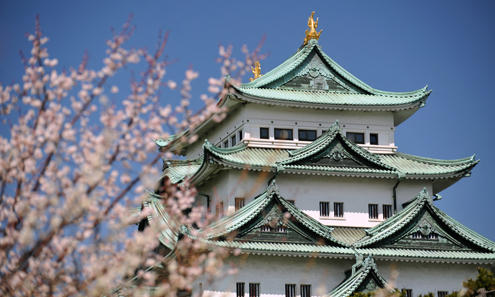
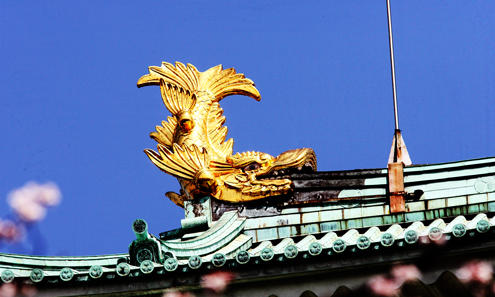
While Honmaru Palace is the office and a residence, Tenshukaku is a military facility. So practicality takes precedence over decoration. Previously many exhibitions related to the Tokugawa family and Samurai were on display. Although it is not currently open to the public, view of the keep is still worth a look! Especially the Kinshachi (金鯱-Golden Carps), the symbol of Nagoya city.
Sumi Yagura
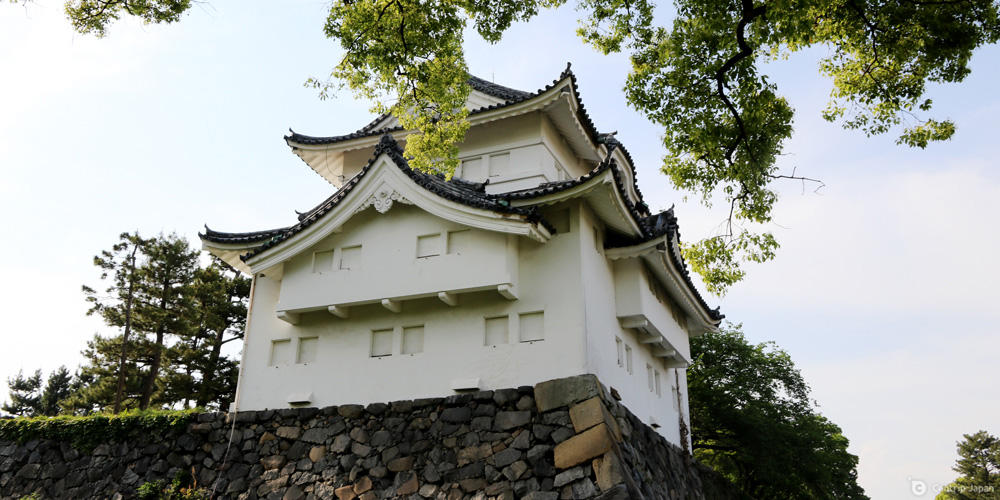
Sumi Yagura (隅櫓-Corner Watchtower) was a common defensive structure in Japanese castles. In fact, the keep is a kind of corner watch tower, and also the largest one.
Excluding the main keep, there are 3 corner watchtowers in Nagoya Castle. All of them are authentic structures that survived both earthquakes and the flames of war.
Seinan-sumi Yagura
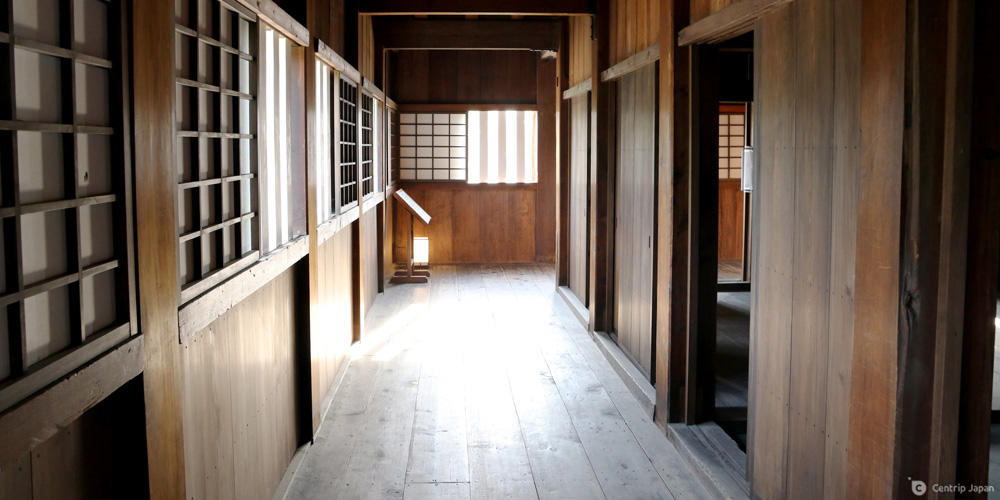
Seinan-sumi Yagura (西南隅櫓-Southwest Corner Watchtower) is the only tower open to the public. From the outside, this watchtower appears to be two-stories high but in fact, contains three floors.
All 3 floors are open to the public, and you can get a good view of the main keep.
Tounan-sumi Yagura
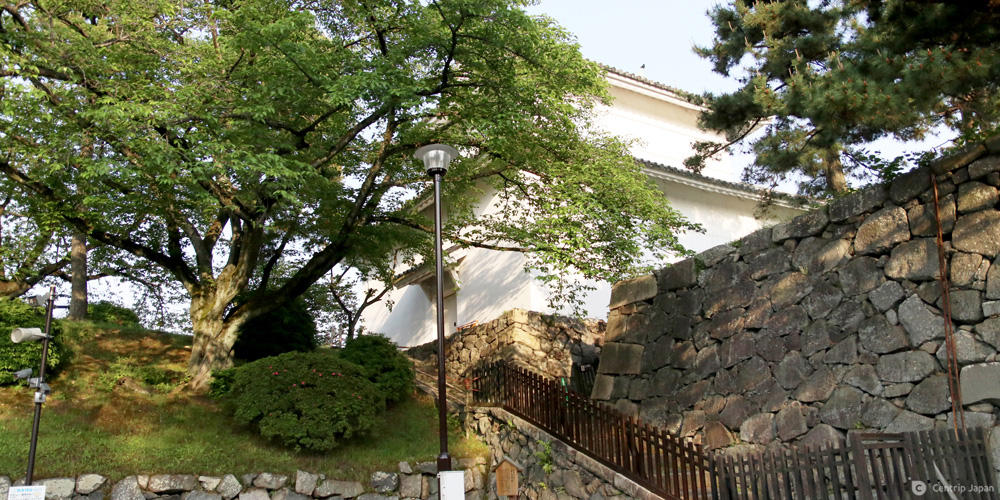
Tounan-sumi Yagura (東南隅櫓-Southeast Corner Watchtower) is identical to the southwest one, a three-floor structure that appears to be two. Above the stone walls are protruding sections, known as ishi-otoshi (石落とし-brattice), stone dropping chutes for attacking attackers of the castle. It opens on specific dates. If you are interested in visiting, don't forget to check the opening times.
Seihoku-sumi Yagura

Seihoku-sumi Yagura (西北隅櫓-Northwest Corner Watchtower) is a three-floor structure. It is also Japan's second largest three-floor watchtower with its original structure. It is said that this was the main keep of Kiyosu Castle, so it has been nick-named Kiyosu Yagura. This serves as a good example of just how large Nagoya Castle is, the main keep in other castles is merely a corner watchtower at Nagoya castle.
It is usually closed to the public. You can check the opening times on the official website.
Ni-no-maru Garden
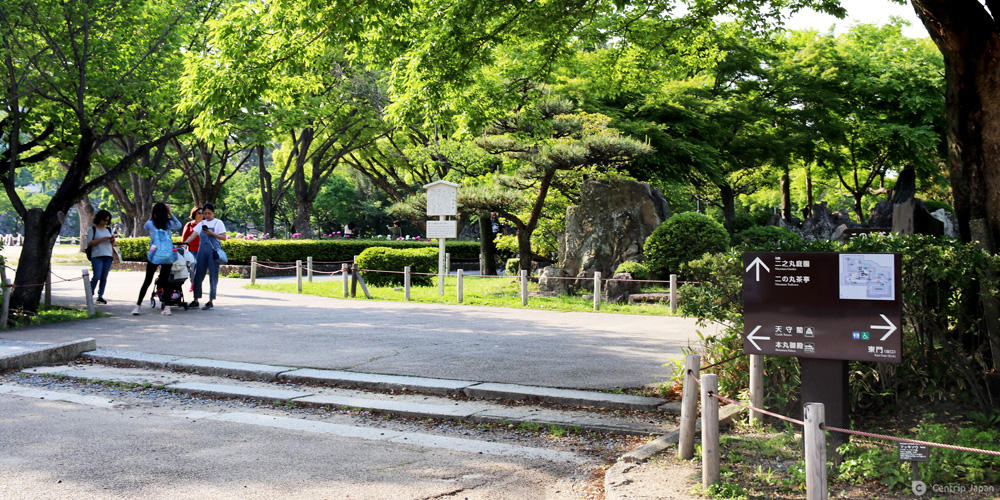
Located north of the Ni-no-maru Palace, Ni-no-maru Garden (二の丸庭園/Ni-no-maru Teien) is the largest garden in Japan.
After suffering several disasters, the north part of the garden still retains its former style. The large stones and steep terrain are both specialties of Owari gardens. This garden acts as example of gardens from the late Edo period and was designated as a National Scenic Site in 2018.
Nogi-Soko
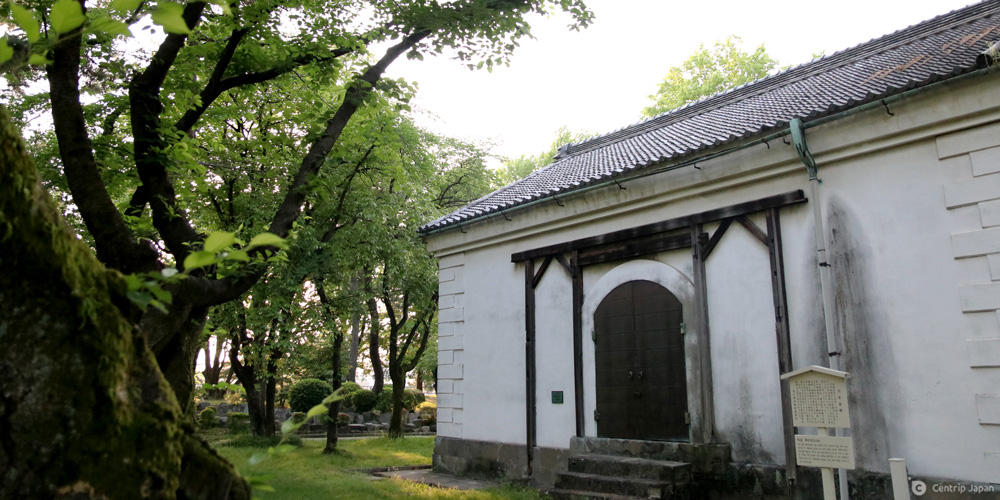
Built in the early Meiji period, Nogi-Soko(乃木底-Storehouse)housed more than one thousand precious paintings from the Honmaru Palace and kept them safe them from the devastation wrought by war.
Kiyomasa Stone
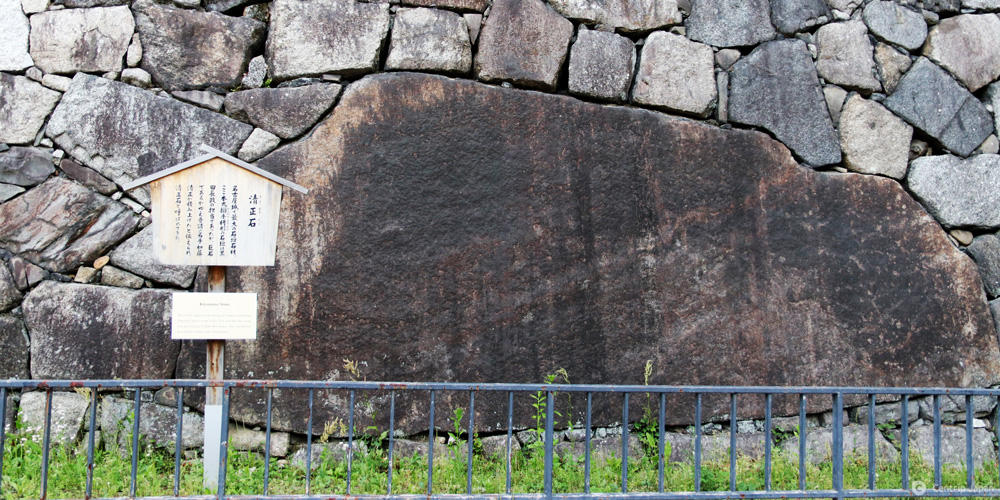
The Kiyomasa Stone (清正石/Kiyomasa Ishi) is the largest stone used at Nagoya Castle, it is named after the famed castle architect, Kato Kiyomasa. According to the legend, he is the one who brought the stone to Nagoya.
Foundation Stones for the Main Keep
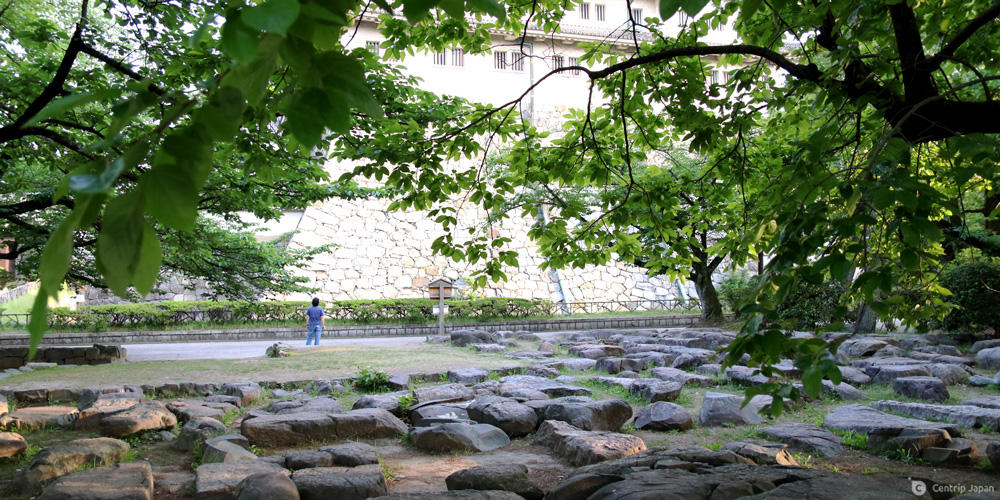
The old foundation stones were moved here when the main keep was being rebuilt. It not only acts as a reminder of the history of Nagoya Castle but also a good place for relaxing.
Sekkan-Style Sekishitsu
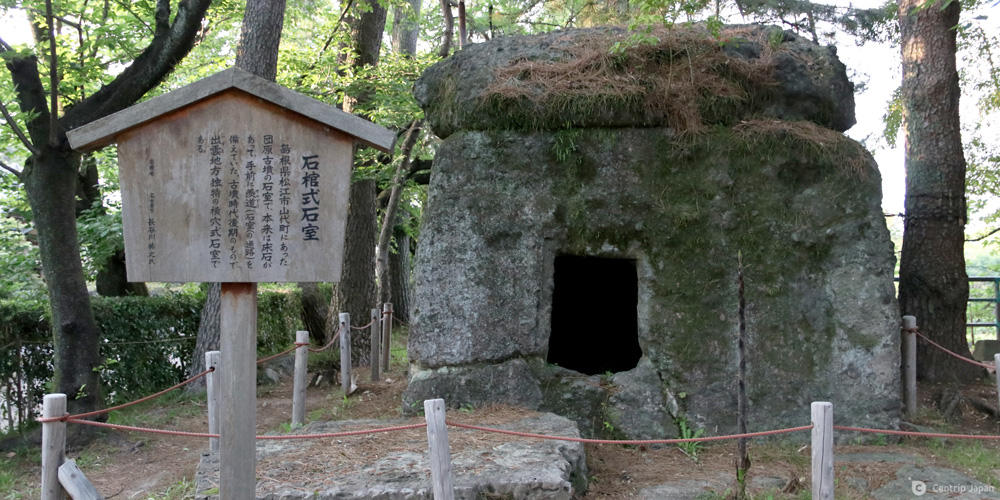
Sekkan-Style Sekishitsu (石棺式石室-Ancient tomb) is an ancient tomb from the Izumo area. It was donated by a Nagoya resident.
Tea Ceremony Houses
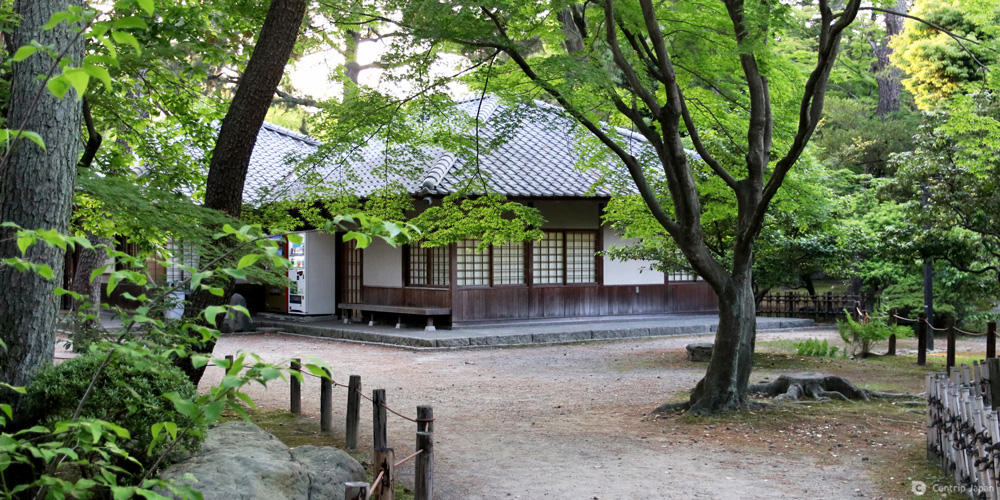
There are 4 historical tea ceremony houses in the garden of Ofuke-maru precincts. They are usually closed, but available for tea ceremonies or weddings.
Special Gifts of Nagoya Castle
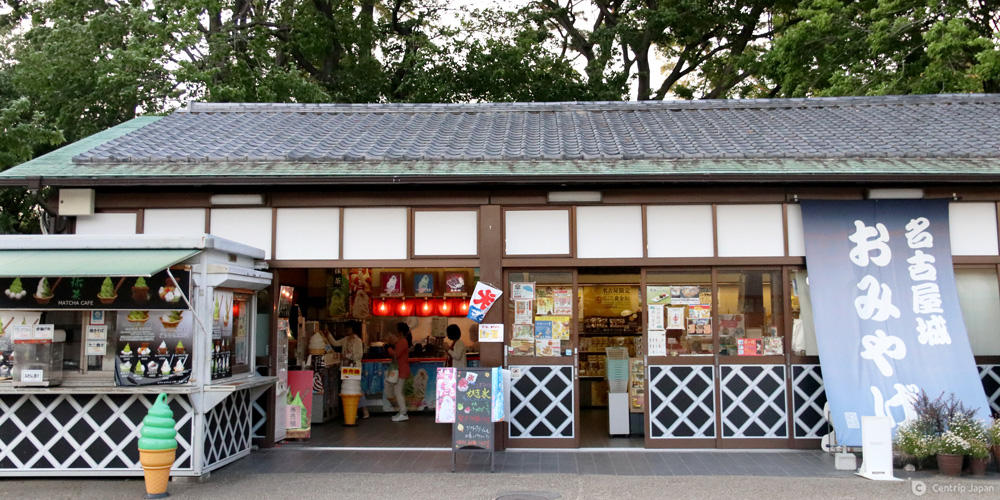
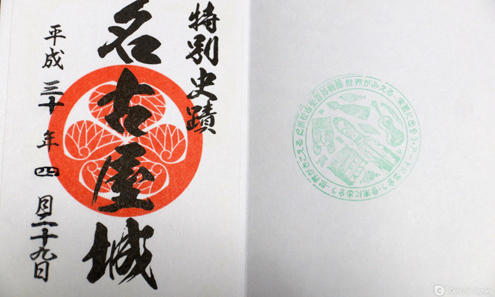
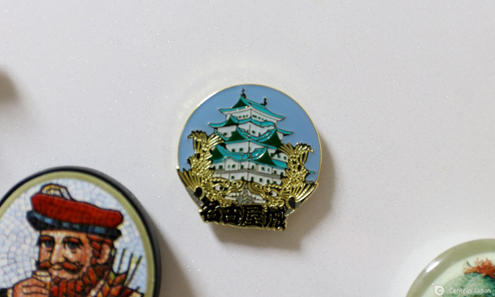
In Nagoya Castle, there are several gift shops and a museum shop. You can enjoy some local desserts and find some Nagoya Castle goods such as Golden Carp-themed gifts. There is also a Nagoya Castle memorial seal on sale!
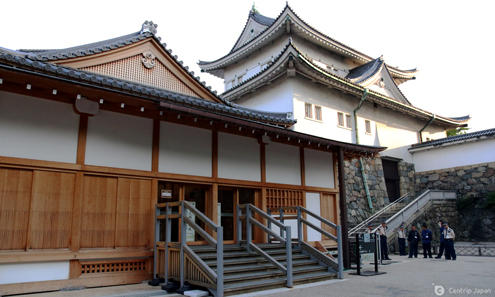
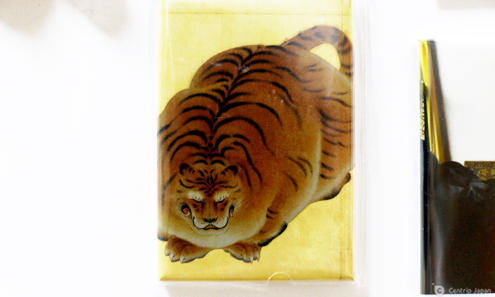
The museum shop has more goods and books related to the Honmaru Palace. (Simply looking at the tigers, it is not difficult to imagine that life in Honmaru Palace must have been so relaxing.)
Both of these shops are not far from each other, so I recommend you check them both out.
Wrap-up
What do you think about Nagoya Castle now? You can enjoy more than just the main keep! A completely restored Honmaru Palace based off of historical documents, and also Ni-no-maru Garden the largest garden in Japan, is worth your time!
Don't miss our next introduction: Nagoya Castle's Nearby Attractions

